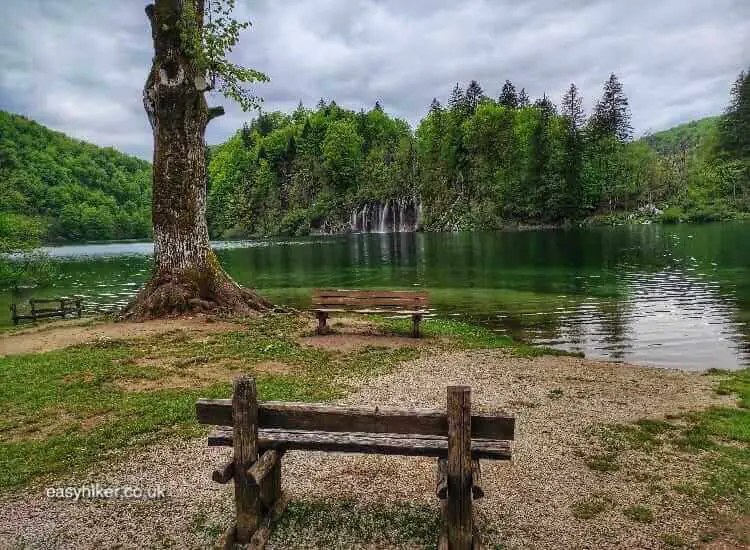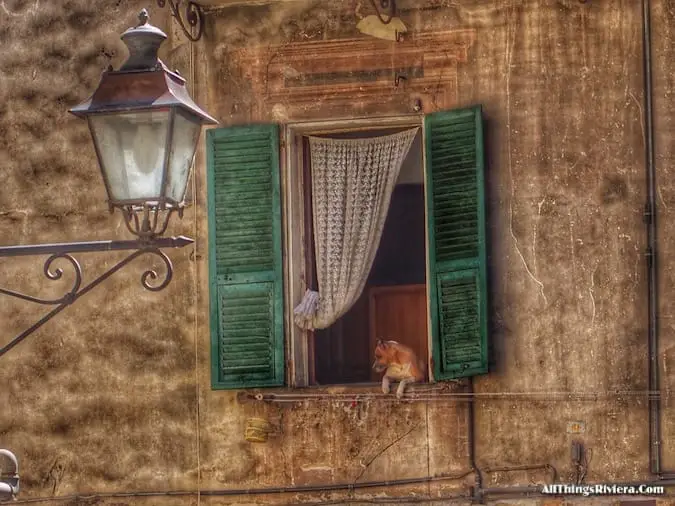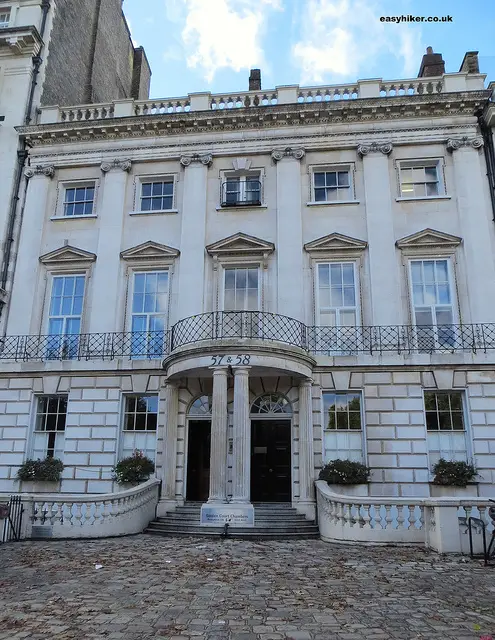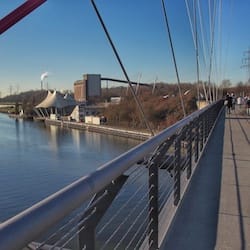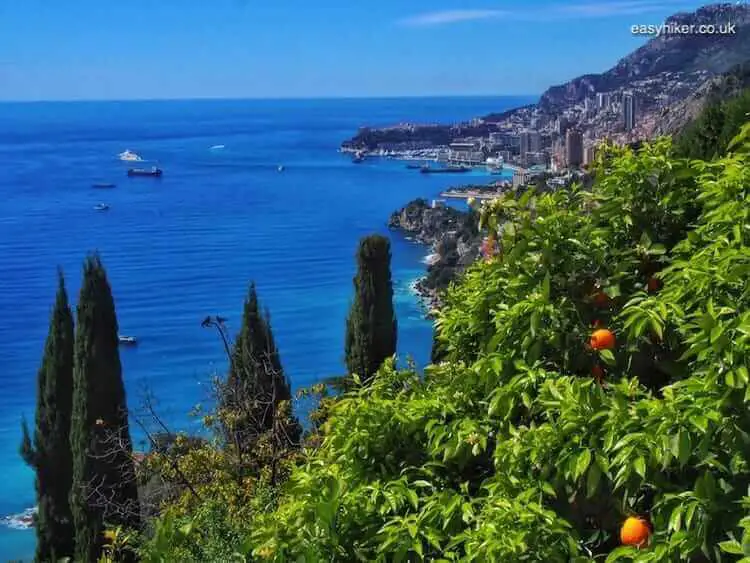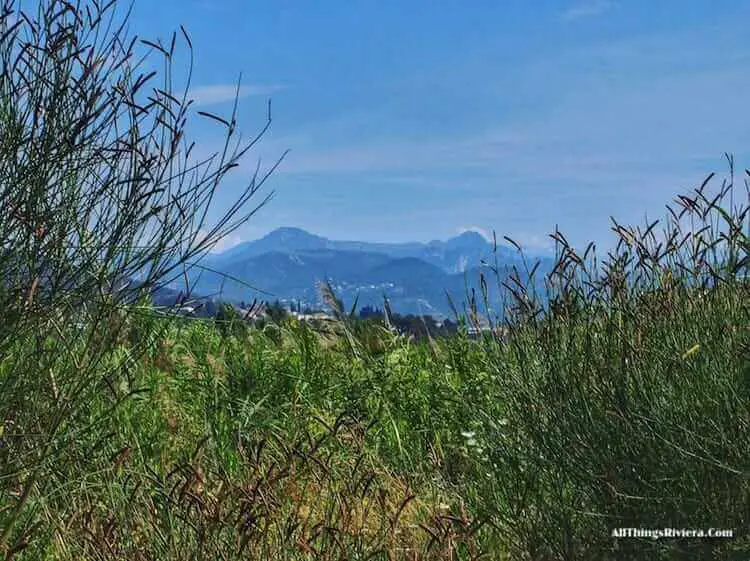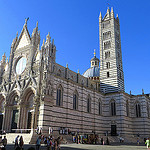I am not a great fan of books that list 100 Places To Visit Before You Die or some such. The whole concept is built on the false assumption that the urge to travel is driven by the same needs and motives in all of us.
If you don’t believe me, just visit any holiday resort around the Mediterranean: you will meet people who relax with a pulpy novel on the beach, guys and gals who are trying some new type of extreme sport (from the list 100 Ways Of Breaking Every Bone In Your Body), and a third tribe of “travellers” who leave every morning to explore the archeological sites in the area.
It would be difficult to find a single place in the world that holds interest for all of those, never mind a hundred. Why not just let different cults have different holy shrines? Vive la difference!
Lists for people who share certain lifestyles, tastes and preferences, meanwhile, are a different matter.
So here is a list of our own, a very short one and useful to you only if you, like us, like the idea of encountering dramatic landscapes without having to pay for your experience with aching joints and blood in your socks – go and see the Plitvice lakes in northern Croatia
For the easy hikers all over the world, this is surely One Place To Visit Before You Die!
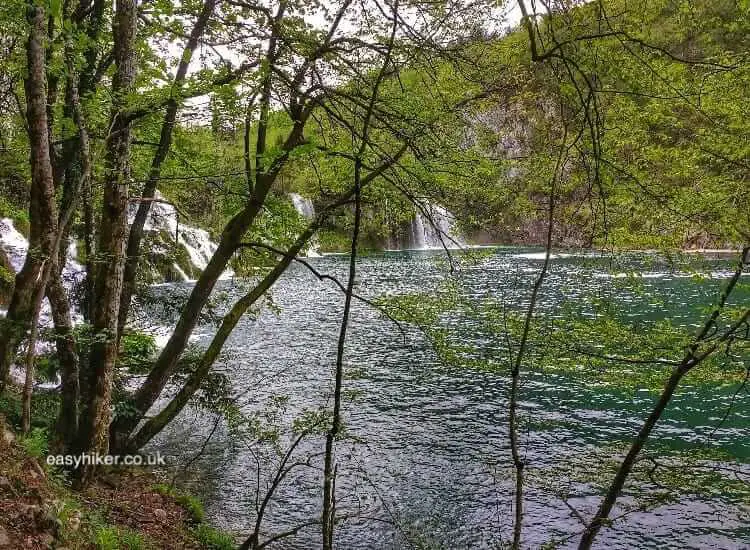
The Plitvicka Jezera National Park has been laid out around 16 terraced lakes whose waters, wherever these lakes meet to merge, flow down from one level to the next.
Depending on the gradient of the fall, the effects of this spectacle range from the mighty and sublime …
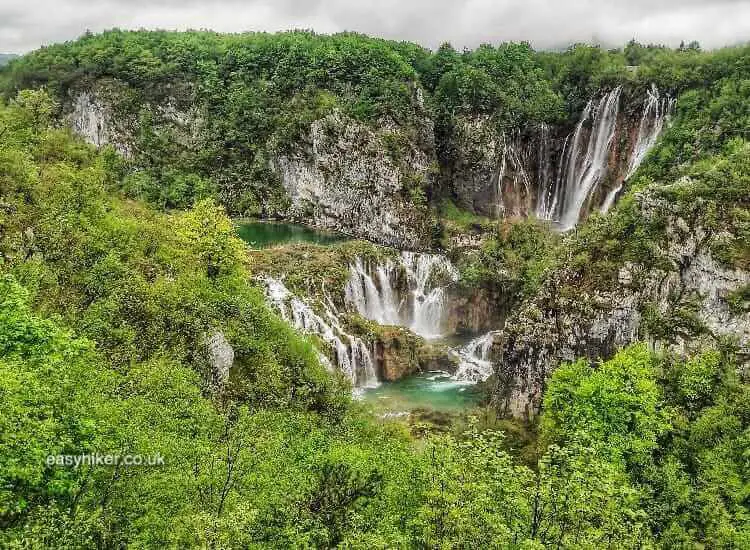
… to the sweet and lyrical.

Sounds good? It gets even better.
Wooden walkways across the surface of the water and even some of the waterfalls themselves …
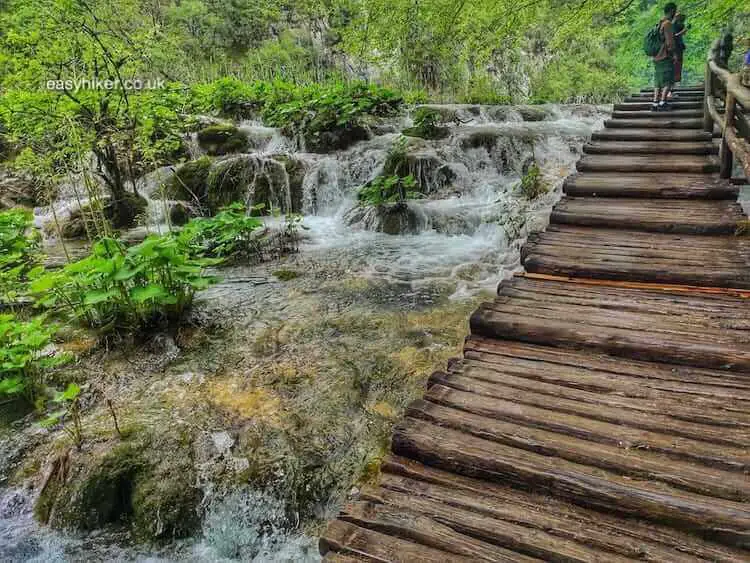
.. enable you to experience the lake through a series of close-ups rather than through a single panoramic take from the shoreline that grants you a change of perspective every half hour if you are lucky.
It is this novelty that has made the Plitvice National Park famous all over the world.
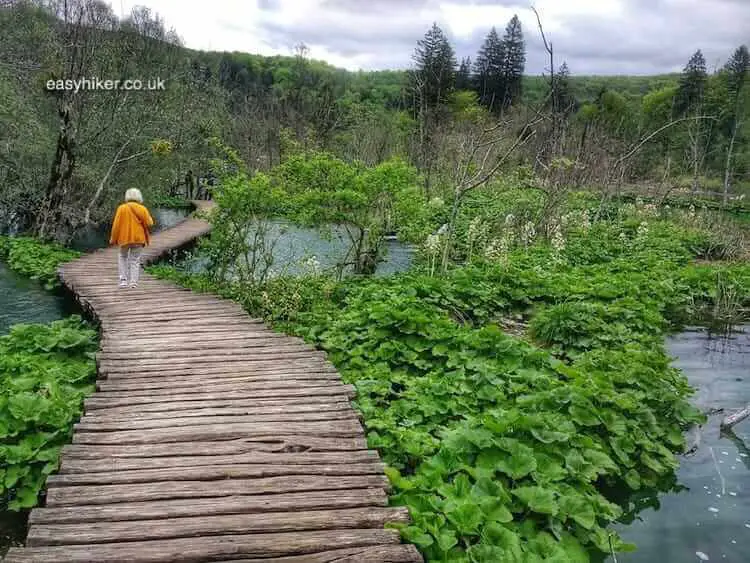
The walkways also allow you to experience the natural spectacle that unfolds around you like music: as a change of moods.
One minute, the ear-shattering crescendo of the rapids comes thundering down, …
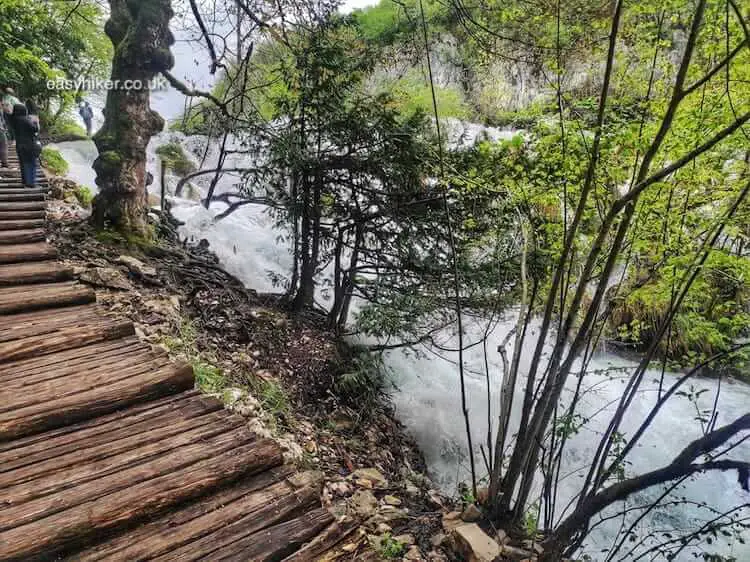
… then you turn a corner and can hear the piccolo flutes of birdsong.
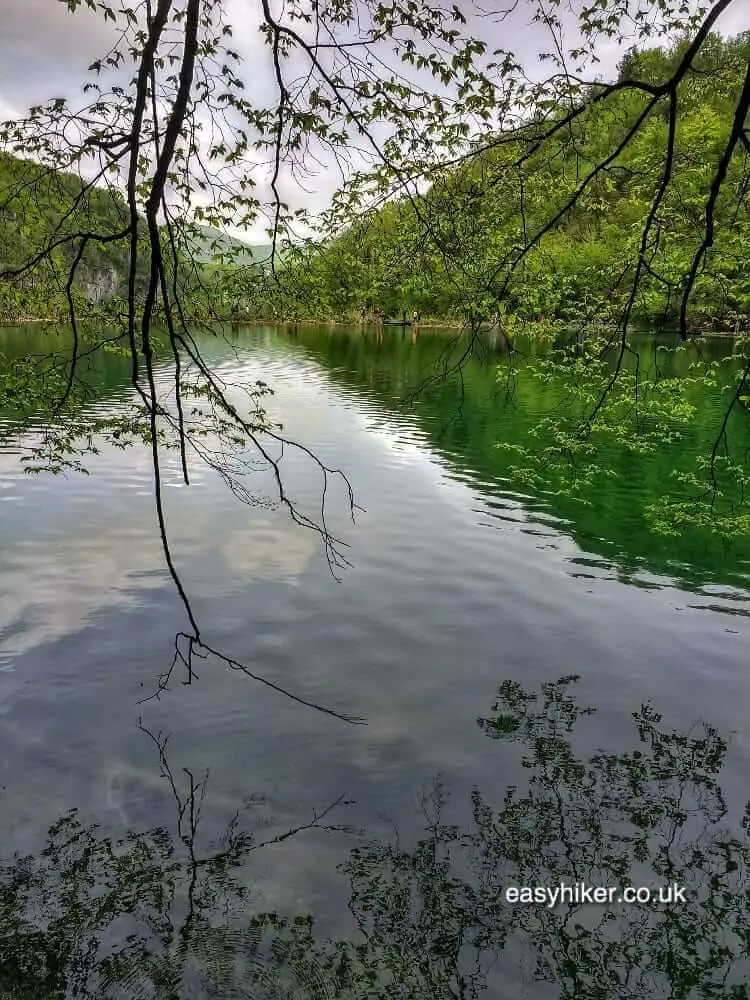
The lakes extend over a distance of nearly 10 kilometres, and there are three areas which feature waterfalls and walkways.
Four circular walks have been laid out so that visitors with different time budgets and levels of stamina can enjoy the National Park.
Walk A (access through Entrance 1) provides you with a short introduction into the themes of the spectacle and dramatic views of Lake Plitvice’s biggest star, the Great Waterfall or Veliki Slap.
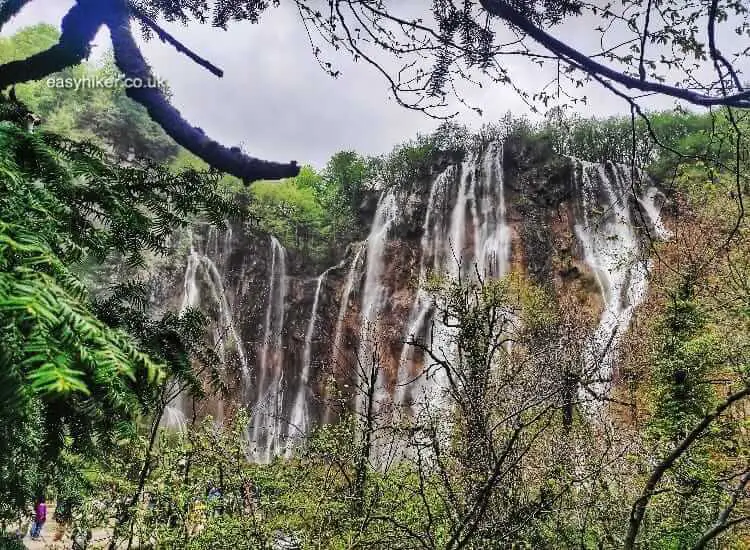
Walk B (also best accessed through Entrance 1) is an extension of Walk A, branching off at the spot where Walk A turns around to lead the hikers in a loop back to Entrance 1.
If you follow the Walk B markers, you will soon arrive at a hospitality village with restaurants, souvenir shops and toilets.
From there, you will then be able to board a free shuttle boat that takes you across a supremely calm expanse of water (Lake Kozjak, the largest of Plitvice’s 16 lakes) …
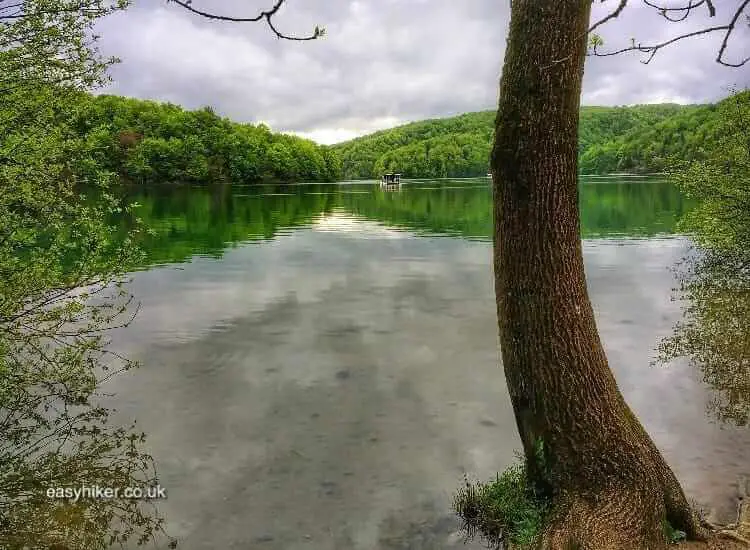
… to the group of cascades around Veliki Burget, which is officially the smallest of the 16 lakes but probably more accurately described as a jumble of dense vegetation separated by waterfalls and shallow streams.
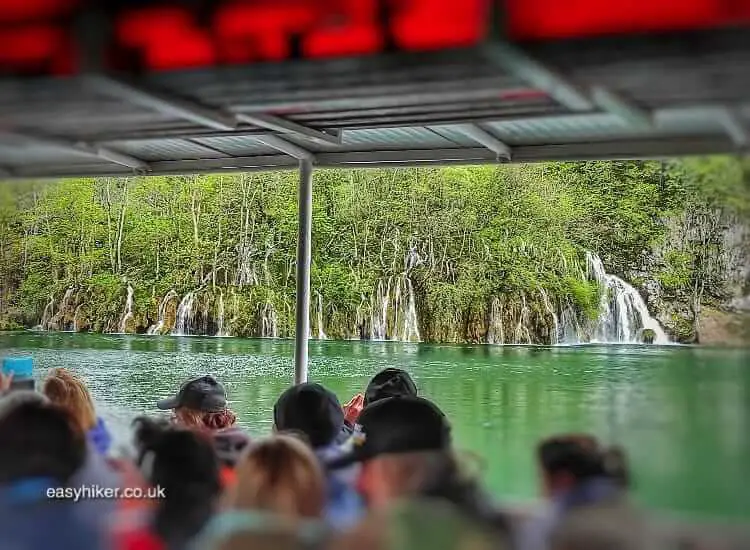
This second group of water cascades is different enough from what is on show in Walk A to keep up the interest of even the most jaded visitor. It is a play on the same motifs that you have encountered on Walk A but orchestrated on a more modest scale: the lyrical andantino after the allegro con fuoco of the Veliki Slap.
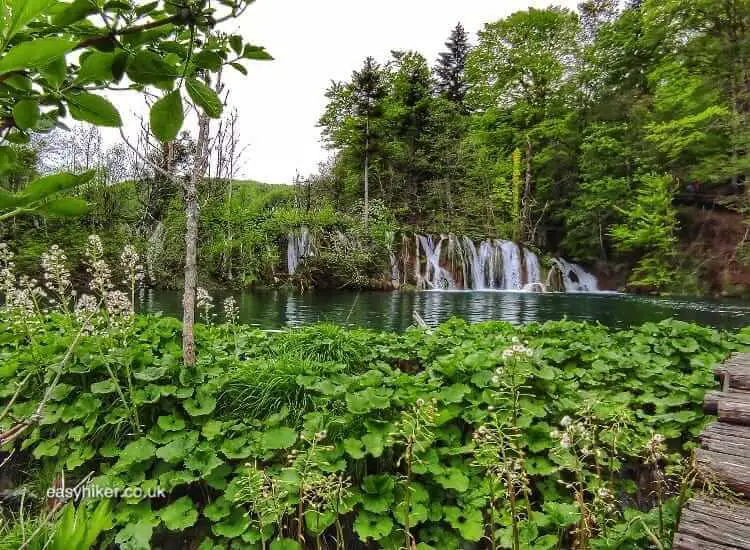
If you are doing well time wise (a little more on what that means in a moment), you can complete a loop around this section …
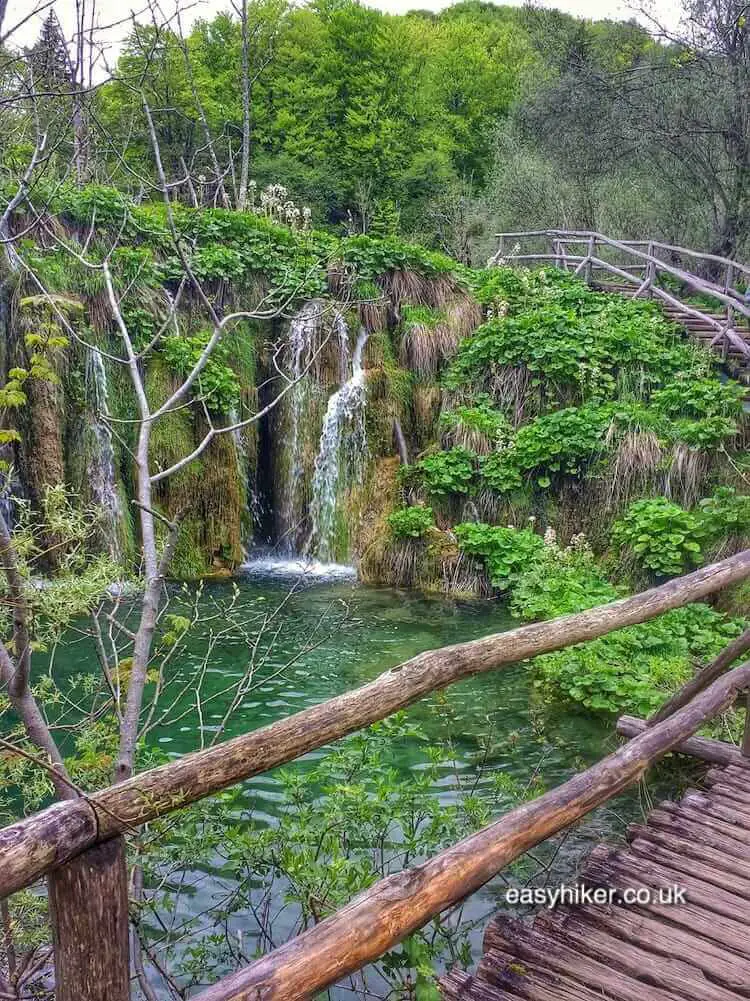
… and then board the free dotto train to Entrances 1 and 2.
Alternatively, you can also – once you have taken a good look around – return to the pier where you arrived by boat for the short crossing to another pier just across.
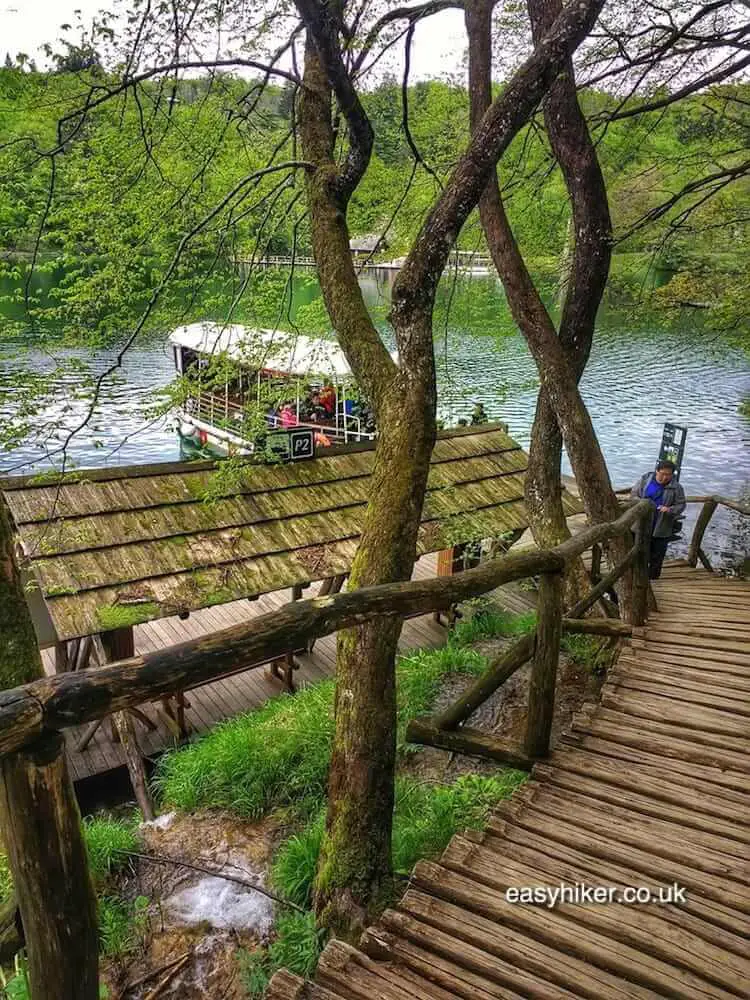
Then you can either hop on the dotto train to Entrance 1 or walk straight to Entrance 2.
These are the two walks you can do easily in one day (3 to 4 hours), provided you arrive before noon. A visit of all 3 sections will take you at least six hours. It is probably best to reserve two days for the full programme, staying overnight at one of the hotels inside the Park.
Otherwise, you are signing up for the mother of all stressful hikes, constantly having to look at your watch to make sure you will not miss the bus back to your base, particularly if you have booked a seat on the last one for the day. Because you must bear in mind that Lake Plitvice is easy to get to, but a little less easy to get away from in the evening.
Every morning, several buses for day trippers leave from Zagreb Bus Station (located approx. 1 km – or three stops on tramway line no. 6 – from Zagreb central train station). The travel time is a little more than 2 hours.
You should book your seats in advance (online) for both legs of the journey. All buses stop at Entrances 1 and 2.
Our tip: descend at Entrance 1 but take the bus back to Zagreb from Entrance 2 because that is where the buses stop first on their return, and it appears that problems have occurred in the past with crowds at the Entrance 1 bus stop.
If you wonder how a crowded bus stop can cause problems when everybody has a prebooked seat, you should get out more, particularly in countries other than Sweden or Switzerland.
Here is another tip: avoid the high season. When we visited the park in May, it was already fairly busy but you could still – just about – avoid the crowds if you knew how to.
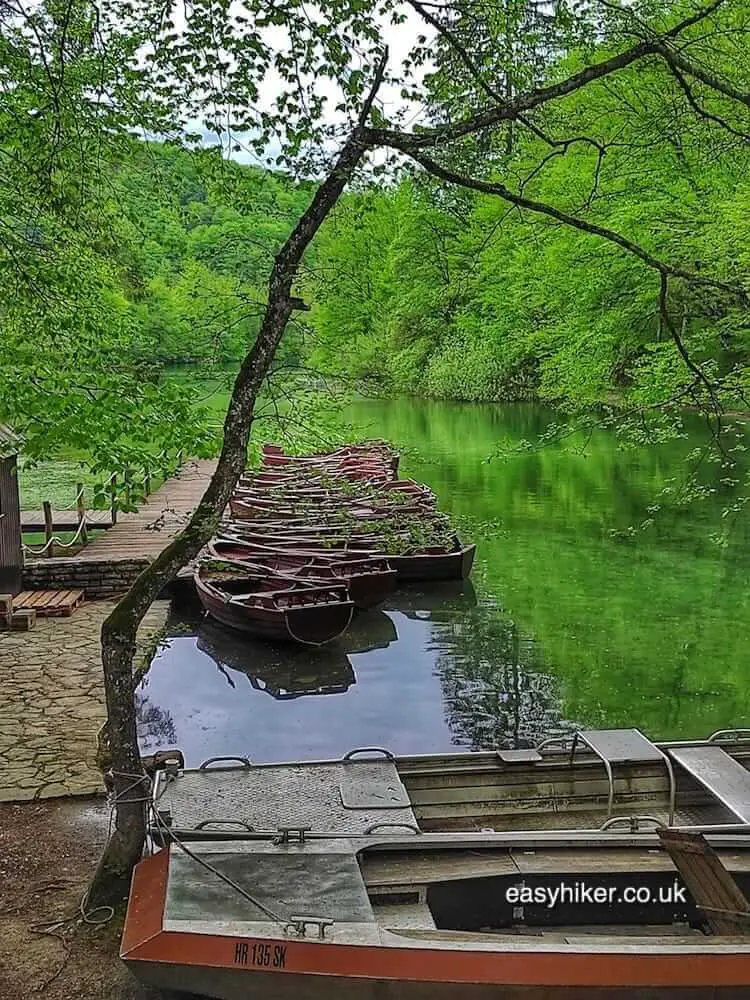
This is most difficult on Walk A where there is a steady stream of new arrivals.
On Walk B, conversely, people enter the trail in groups whenever one of the boats arrives (in May: every 20 minutes), and you will find that you have the place pretty much to yourself if you can manage to stay behind the pack.
Make sure nobody is behind you when you take your photos, turning around to look back on an empty walkway.
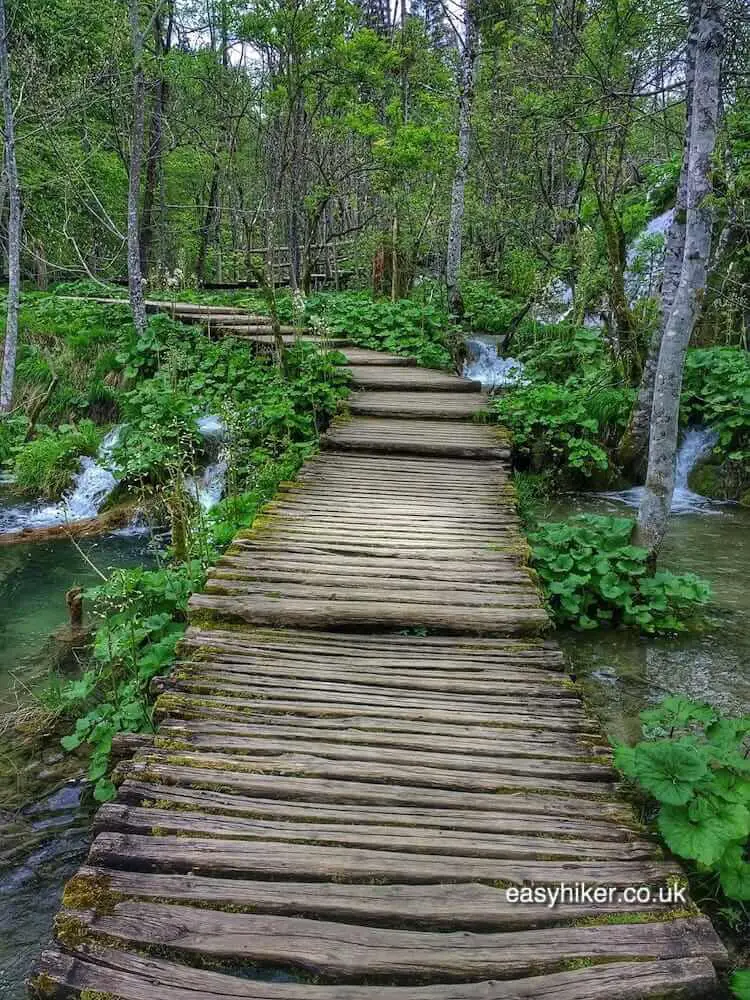
Visiting the Plitvice Lakes does not come cheap. The entrance fee rises to € 40 p.p. for the months from June to September (from € 23.50 earlier in the spring and later in the autumn – another reason to avoid the high season).
During the summer, a couple will not get much change for € 150 once they have paid for their bus ride and a pair of (overpriced) sandwiches at the park. But even at that price, the Plitvice Lakes are well worth it.
Go and see the Plitvice lakes for yourself. You will not regret it.
